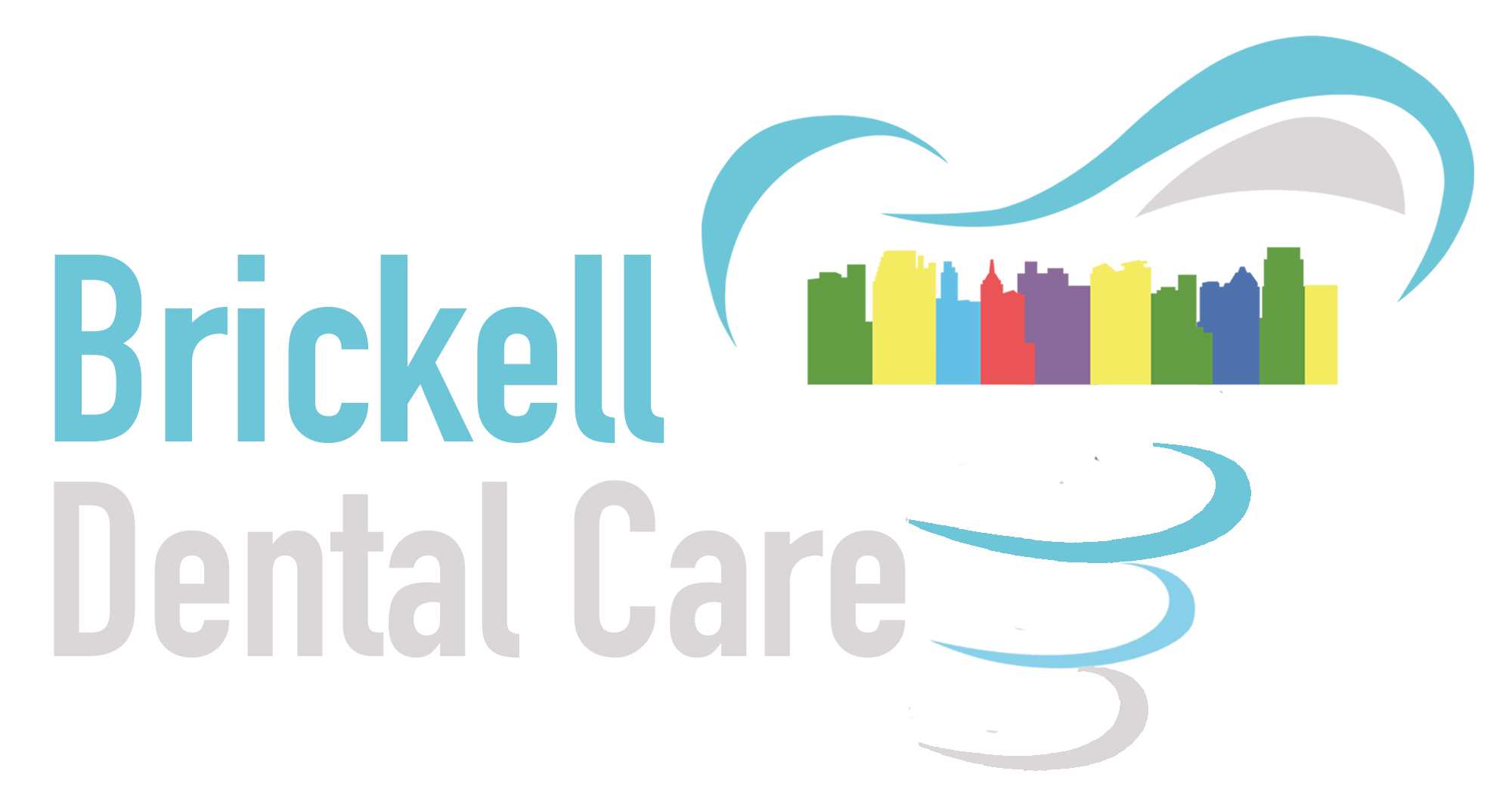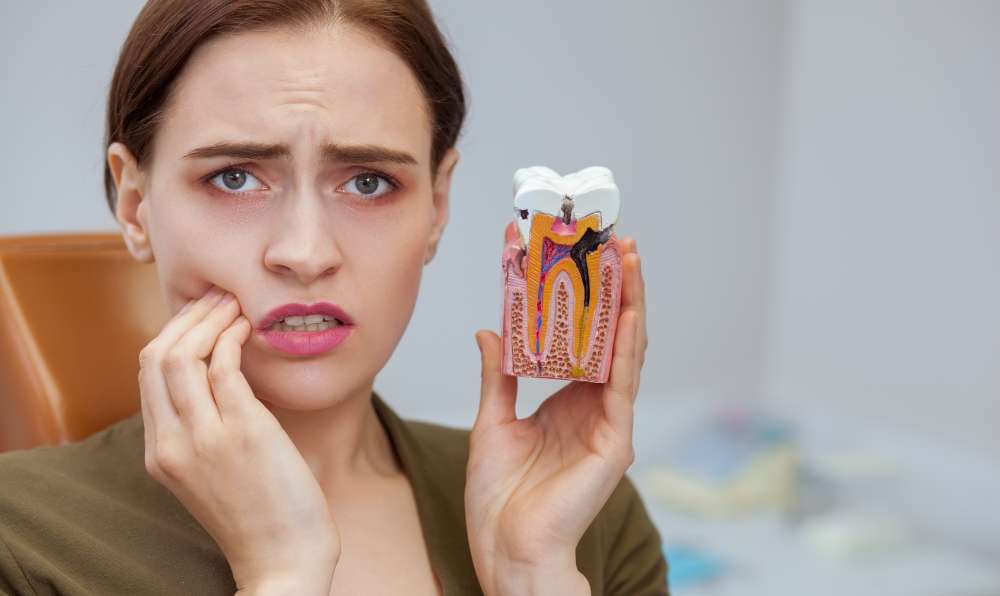Prevalence and Historical Treatment Approaches
Dental caries, commonly known as tooth decay, is a significant health issue that affects populations worldwide. Despite advances in dental care and hygiene, it remains one of the most common chronic diseases of our time. This onslaught on oral health is both a medical and social concern, with billions of people experiencing caries in some form throughout their lives.
The battle against tooth decay is steeped in history, with treatments evolving over centuries. Traditionally, dental fillings have been the mainstay of caries management. Amalgam fillings, with their durability and longevity, were once the gold standard despite aesthetic drawbacks and concerns regarding mercury content. In contrast, composite resins offered improved aesthetics by matching the natural color of teeth and presented a metal-free alternative for patients.
The Advent of Minimally Invasive Dentistry
The philosophy behind minimally invasive dentistry marks a paradigm shift from traditional methods. This modern approach emphasizes the conservation of healthy tooth structure, aligning with the broader objective of preserving natural teeth for as long as possible. It extends beyond treatment to encompass prevention, patient education, and early intervention.
Minimally invasive dentistry utilizes techniques that minimize tissue removal and support the tooth’s ability to self-repair. Sealants are applied to protect grooves from decay while fluoride treatments enhance enamel strength. By focusing on disease control and prevention strategies such as diet modification and oral hygiene improvement, minimally invasive dentistry aims to intercept caries at its earliest stages.
Innovative Materials and Techniques in Dental Caries Restoration
As we forge ahead into an era where dental materials blend seamlessly with natural dentition, innovation leads the way. Materials like bioactive glass and ceramic composites not only mimic the aesthetic properties of natural teeth but also boast enhanced durability. These pioneering substances interact positively with biological tissues promoting healing and potentially offering regenerative capabilities.
In tandem with these novel materials are advanced techniques that elevate precision in caries removal. Laser therapy offers an exacting approach that targets decayed tissue while minimizing trauma to surrounding areas. Air abrasion is another cutting-edge tool which employs a stream of fine particles projected at high speed onto the tooth surface for gentle yet effective decay removal.
Breakthroughs in Dental Caries Detection and Management
Early detection is paramount in managing caries effectively — this is where technological breakthroughs shine brightly. Digital radiography serves as an invaluable diagnostic tool by providing clear images while reducing radiation exposure compared to traditional x-rays. Fluorescence imaging takes diagnostics further, highlighting porphyrins produced by bacteria within carious lesions not visible to the naked eye.
These advancements aid in identifying carious formations well before they become symptomatic or visible during routine examinations. As such, patients can benefit from timely interventions that are less invasive and more preservative than ever before.
In conclusion, our understanding and management of caries have undergone significant transformations over the years—transitioning from conventional restorative practices to preventive philosophies underpinned by minimally invasive principles. With each innovative step forward—be it materials or diagnostic tools—we march towards a future where tooth loss due to decay becomes a relic of the past rather than an accepted consequence of aging or neglect.

